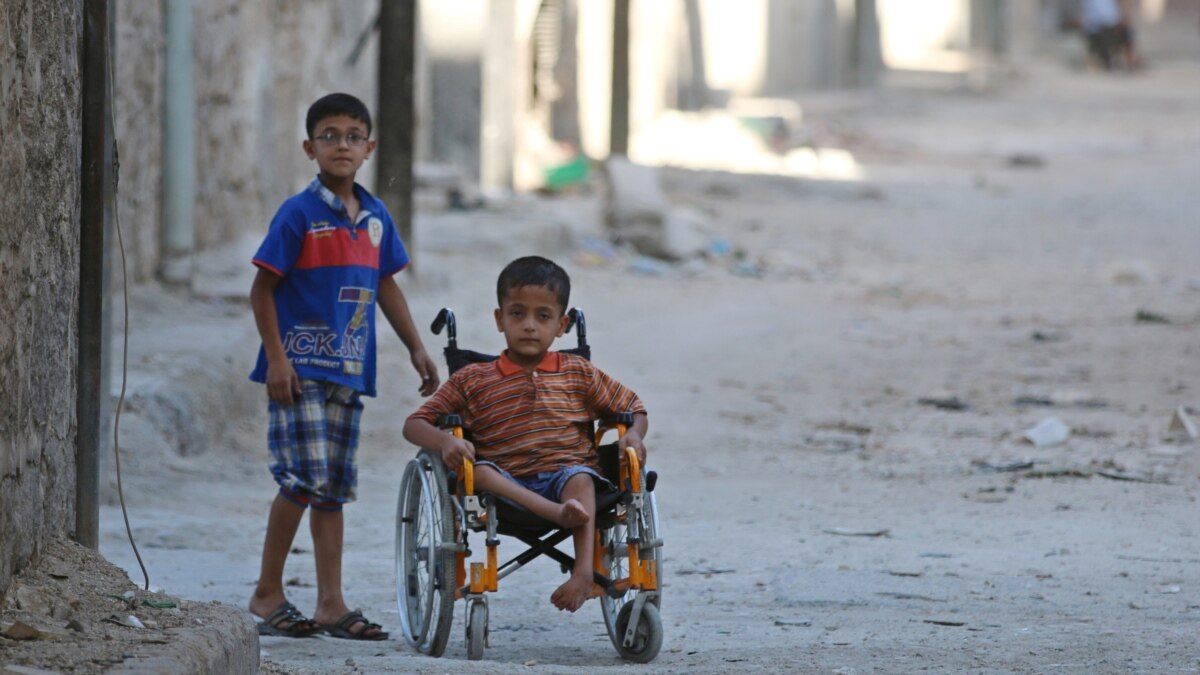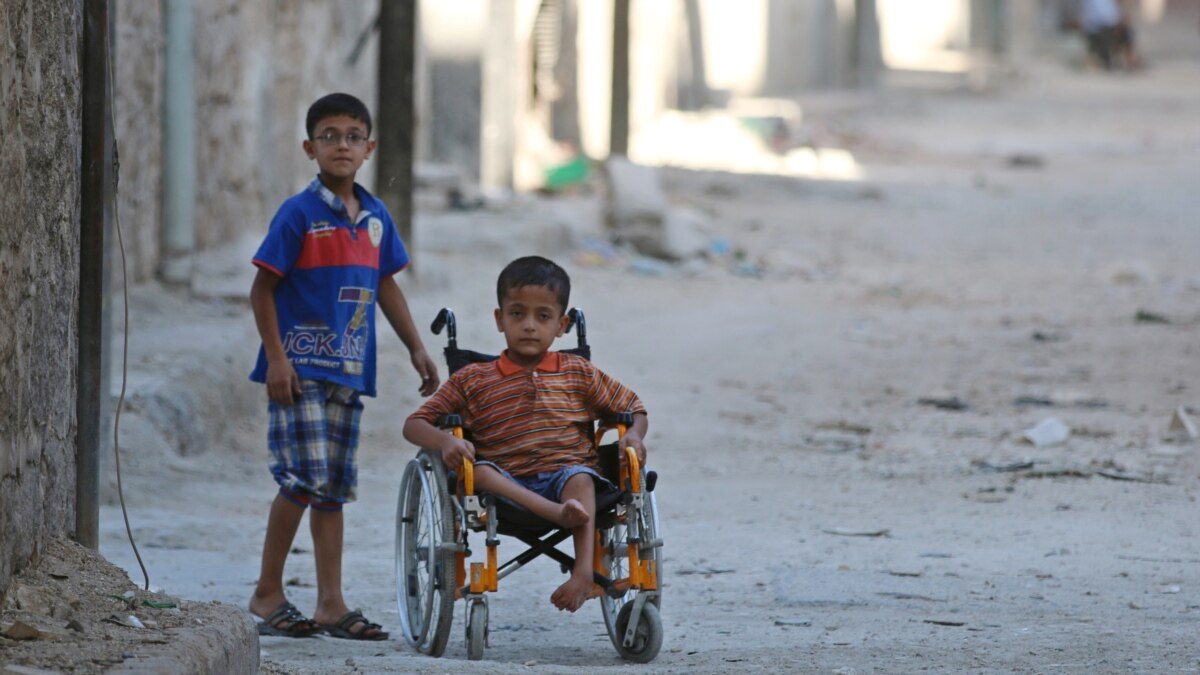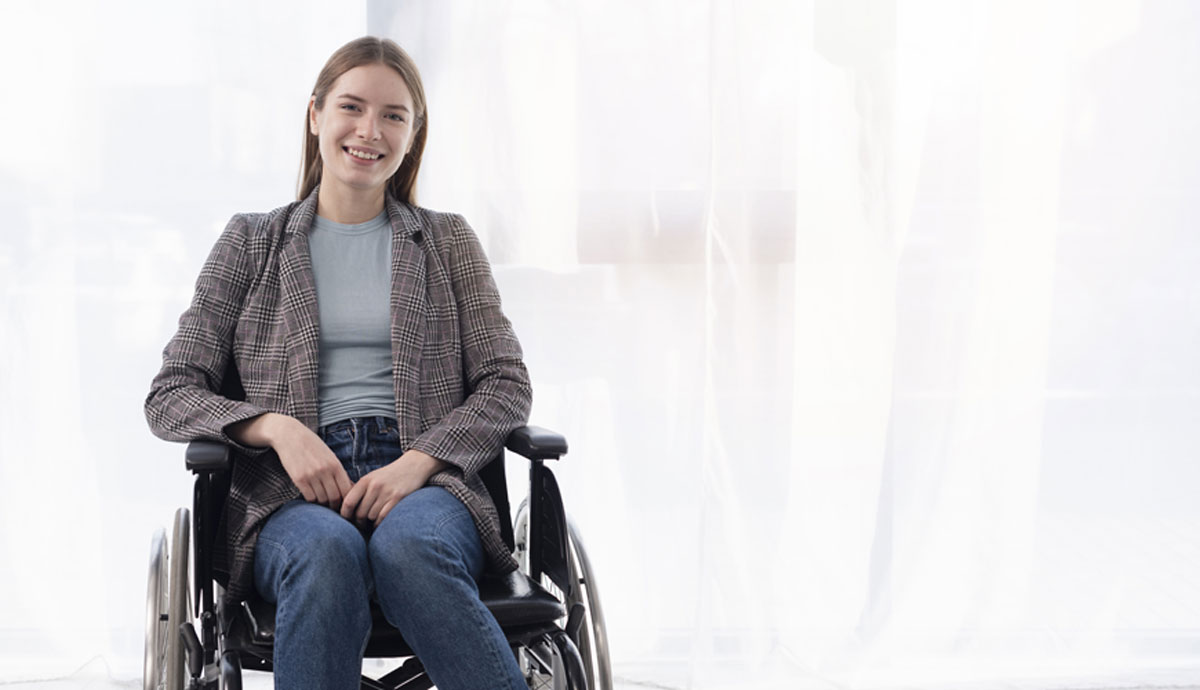
The Barriers of Physical In Daily Activity For Disabilities People
Physical disabilities can present significant challenges for individuals in various aspects of life, including physical activity. Engaging in regular physical activity is crucial for maintaining good health and well-being, but individuals with physical disabilities often face unique barriers that hinder their participation. These barriers can be categorized into different types, including physical, social, psychological, environmental, attitudinal, access to resources and facilities, lack of awareness and education, and financial constraints.

Environmental barriers encompass issues related to the physical environment, such as lack of accessible facilities or transportation options. Attitudinal barriers refer to negative attitudes and stereotypes that society may hold towards individuals with disabilities, which can create additional obstacles to participation. Access to resources and facilities, including adaptive equipment and assistive technology, may be limited for individuals with physical disabilities. Lack of awareness and education about the benefits and opportunities for physical activity can also contribute to low participation rates. Finally, financial constraints can pose significant challenges for individuals with disabilities, as the cost of adaptive equipment, transportation, or specialized programs may be prohibitive.
Addressing these barriers and promoting physical activity for individuals with physical disabilities requires a comprehensive and inclusive approach. It is essential to create accessible and inclusive environments, provide education and awareness about the benefits of physical activity, and ensure equal access to resources and facilities.
One of the main physical barriers faced by individuals with physical disabilities is limited mobility. This can be due to mobility impairments, such as paralysis or limb loss, which make it difficult to move or perform certain movements required for physical activity. Additionally, inaccessible environments, including lack of ramps, elevators, or accessible equipment, can further restrict their ability to engage in physical activity.
Another physical barrier is the lack of adaptive equipment and assistive devices. Many individuals with physical disabilities require specialized equipment or devices to support their physical activity. However, the availability and affordability of such equipment can be a major challenge, preventing individuals from fully participating in physical activities.
The more important barrier is the negative attitudes and stigma associated with disability. People with physical disabilities may experience prejudice, stereotypes, and discrimination, which can lead to feelings of self-consciousness, low self-esteem, and reluctance to engage in physical activities. These negative attitudes can also manifest in the form of bullying or exclusion from social groups, further isolating individuals with physical disabilities.

Therefore, we need to provide more inclusive environments and equipment for people with disabilities so that they can face some difficulties and overcome , making rehabilitation easier and let them regaining confidence.
Recent Posts
- Automatic Wheelchair,Revolutionizing Mobility for the Elderly and Disabled 15 September 2023
- The Role of Senescence in Age-Related Diseases 06 June 2024
- The Cost Considerations in Acquiring Automatic Nursing Beds 29 September 2023
- Meyarcare Automatic Nursing Bed For Easy Care 15 May 2024
- Meyarcare Innovation Design and Functionality of the Nursing Bed 06 June 2024

